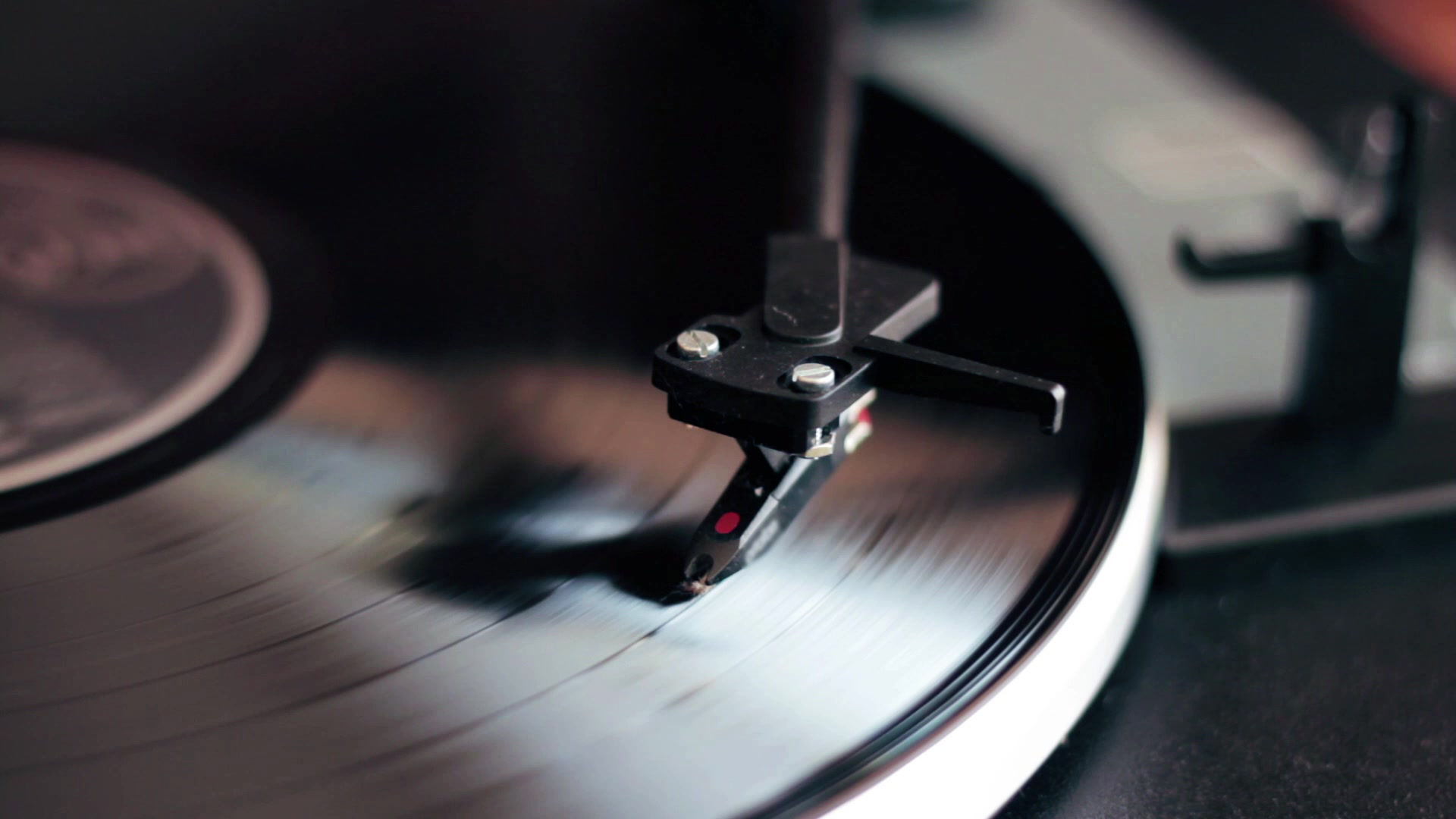Toshi Ichiyanagi
- Gerald Van Waes
- Jun 25, 2016
- 4 min read

I was lucky to find a not expensive copy of this concept that was called an opera because there was no better term to describe its idea, based upon the works of the illustrator Tandori Yokoo. It was re-released as a double LP or as a 4cd box (each side with separate artwork has a new cd) with book and collection of artwork cards.
It sounds very improvised at times in a way as if preparing something, with rather rough inspirational compositional edges which makes some parts more that of a movie happening than a prepared musical form in a traditional way, with experiences that needs ones full attention because they stretch themselves within its rather long idea format. At first listen, which I at first could not do too attentively, I thought this double album might be a bit overrated, more correctly it is not a too easy listen and demands full concentration. As for the artwork of the LP-sized box, with a collection by the illustrator Tadanori (they called him “the Japanese Andy Warhol” which might not place him correctly) it is surely amazing. Despite certain basic limitations of the avant-garde ideas and expressions from within the concept, the message worked at that first listens more like an anti-war pamphlet without judgement, breaking parts of the soul of Japanese consciousness with noise, nationalist hymns, brass band arrangements amongst many other elements not missing this point, and then being left with other parts with freak-out electric guitars. Most impressive with that war pamphlet association in mind I found the track where church bells form a drone and end with a war siren and the sound of heavy aeroplane bombers on side 3, a well prepared 'concrete music' piece.
The music most often works like a movie witnessing something not always too pleasant to look back into what happened, despite the abstract way it is worked out. Side one starts with classical Japanese singing disturbed by a peeping noise evolution, mixed as a collage with Chinese or Japanese nationalist music. This changes into a rehearsal of Japanese traditional singing with piano and possibly a swimming pool with a few people or people with buckets of water in the background, a part which is rather long. This is followed by a collage of an angry crowd and female voice with a quiet orgasm, and aeroplane sounds.
Side two is the electric guitar improvisation which takes over six minutes to break out in wild fuzz solos and distorted guitars. These psych rock improvisations were led by the band The Flowers. Also this is stretched into a longer as usual time perspective, it still succeeds with 3 different fuzz and wah-wah guitars and drums to reach psychedelic heights and some killer effect, until after 20 minutes it abruptly ends to continue on side 3 (or cd3). After three minutes a quieter moment appears (side 3 should better have started there, but the original LP's were limited to 21 minutes), jamming from here a bit in no-where land, with jazzy piano too, very avant-garde, until its ending. This is followed by an emotional Japanese narration with some orchestrations, referring to old Japanese opera (with some koto but then more modern fragment), followed by a sort of humoristic TV commercial song and a lighter rocker. The experimental track after (influenced by 'music concret') that is the already mentioned track with church bells. It also features a baroque harpischord recording which then is distorted heavily over time until the church bells return. Also side 4 is a collage of music concrete, of nationalist music, classical Japanese music, brass, radio fragments and folk music. This is followed by more concrete music with frogs and Japanese singing in a distance. This changes suddenly into a classical western piece, destructed and disturbed by distortion like a needle scratching deeply with weight into a recording, and by another peeping evolution, just like the album started, before a war siren ends this situation. For its time it must have been a renewing piece. Unconsciously I assume this was a way to see the other side of the American-Japanese connection. The album ends light with a Japanese schlager.
What I have experienced here from this viewpoint was only one of its layers of associations, because if we realise this is also a tribute to the art work of Tadanoori Yokoo, we come easily also to the psychology of the artist. It is of course true they shared the American-Japanese connection, we could also analyse the same things from the artwork's associative perspective or from the personality behind it. Anyway, the album invites to listen from different starting points.
Composer Toshi Ichiyanagi had a classical new music background in music. He has studied composition with Kishio Hirao and John Cage, and piano with Chieko Hara, Barnhard Weiser and Beveridge Webster. He had attended the Julliard School of Music and the New School for Social Research in New York between 1954-60. At his return to Japan in 1961, he was able to introduced several new musical concepts, like Cage's idea of indeterminacy into Japanese contemporary music. He wrote many new music pieces, and was part of the Fluxus movement, just like Yoko Ono with whom he was married from 1956 to 1963. (These avant-garde backgrounds of Yoko Ono and the Japanese connection still is one of the more unknown parts of influences into the Beatles history).
























Comments